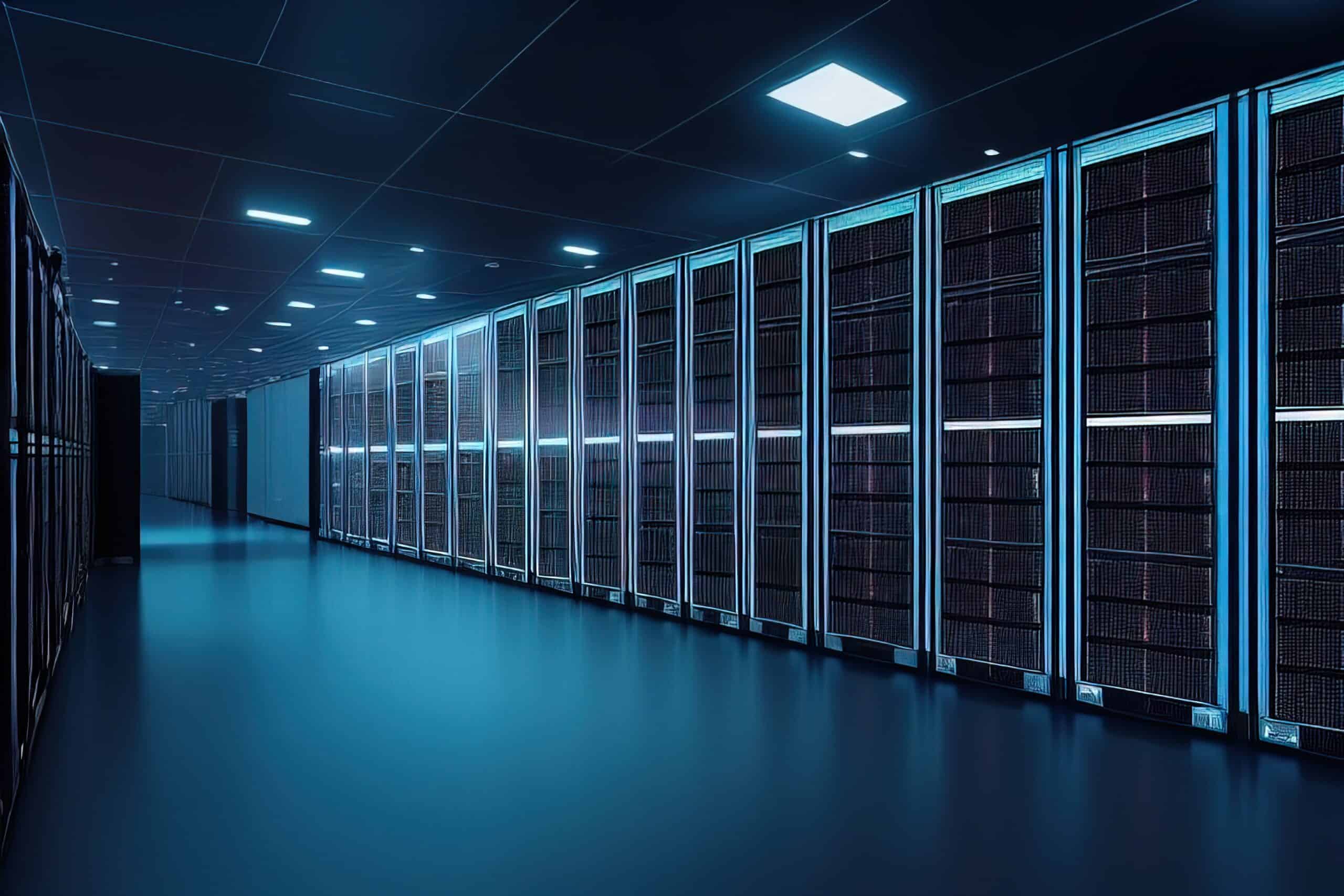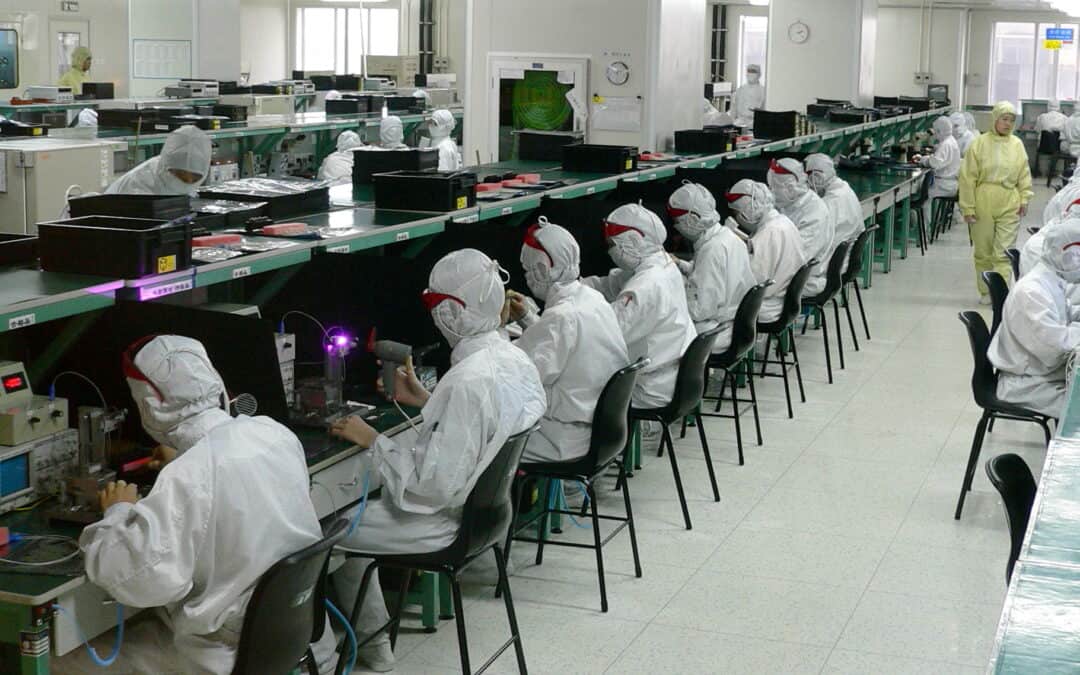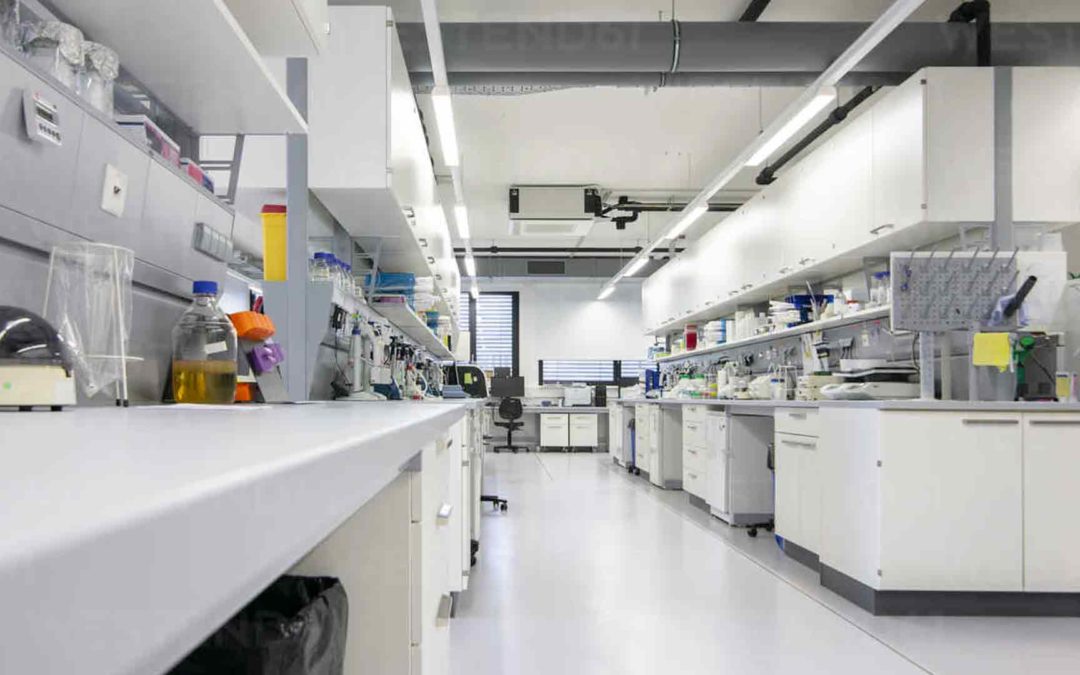Ever wondered how long you can keep your industrial dehumidifier running? It’s a common question, especially when you’re dealing with large spaces or high humidity levels. The answer isn’t as straightforward as you might think, as it depends on a variety of factors.
Firstly, the model and capacity of your dehumidifier play a crucial role. Some heavy-duty units are designed to run continuously, while others may need regular breaks. Secondly, the conditions of the environment, such as the level of humidity, also influence how long the machine can operate efficiently.
So, it’s not just about leaving the dehumidifier on, but also about understanding your specific needs and the capabilities of your machine. Let’s delve deeper into these aspects to give you a clearer picture.
Factors Affecting the Runtime of an Industrial Dehumidifier
Understanding what exactly impacts the runtime of an industrial dehumidifier is pivotal. We know numerous factors come into play and we’ll delve into each one of them here.
Firstly, the Dehumidifier Model. Certain models have been designed to run continuously whilst others require regular intervals of rest. Ensure you refer to the user manual or consult with the manufacturer to comprehend better what’s expected for your exact dehumidifier model.
Secondly, the Humidity Levels. If the humidity levels are exceptionally high in the environment, your dehumidifier would have to work more, thereby reducing the total runtime. You need to take into account, not just the current humidity levels, but also future fluctuations in these levels.
Thirdly, the Size of the Environment. A sizable area that’s highly humid will need a more powerful dehumidifier. On the flip side, if it’s a smaller space, your machine will likely last longer. It’s crucial to match the dehumidifier’s capacity with the size and humidity of the environment.
Lastly, Maintenance of the Dehumidifier. Regular maintenance of your dehumidifier is key. Without proper upkeep, your machine might not run as long as you’d want it to. Some maintenance activities to adapt include changing of filters, cleaning coils, and ensuring no blockages exist within the system.
By considering these factors, you’ll have a realistic expectation about how long your industrial dehumidifier can keep running. This, in turn, can help prevent potential damage and ensure its longevity. Remember, knowing and understanding your specific needs and the capabilities of your machine will place you in a good stead.
Importance of the Model and Capacity
Let’s dive a bit deeper, shall we? The make and model of your industrial dehumidifier significantly impact its runtime. Different models have varying capacities and operate at unique efficiencies. Understanding the model’s specifications helps you estimate just how long you can expect it to run.
Models with a high capacity remove humidity more quickly than those with a lower capacity. If you’re dealing with a particularly damp environment, it’s wise to opt for a model with a high capacity. That’s because it’ll work more effectively and won’t need to run constantly.
Let’s consider industrial dehumidifier models in more detail. Industrial models are designed for large-scale use. These powerhouses can often run continuously for extended periods. However, their maintenance needs are proportional to their use. Industrial models are stamina runners; with correct use and care, they can keep going and going.
Take for instance, if you’re using an Ebac BD 150, a robust industrial model known for its durability and efficacy in large spaces, it’s designed to run continuously for as long as necessary. Its auto defrost feature allows it to operate at peak performance, even in low temperatures.
On the other hand, using a smaller capacity model in a large, highly humid environment, such as the Ebac CD30, may result in shorter runtime. Though durable, its build is ideal for smaller, less humid spaces, where it can manage moisture levels effectively and efficiently.
Remember, assessing your needs before making a purchase is key. Carefully consider the model and capacity to ensure it aligns with your requirements and the environment. A well-selected industrial dehumidifier is an investment. It improves the quality of air in your space, preserves the integrity of your environment, and guarantees an efficient dehumidification process.
Understanding the Needs of Your Space
It’s essential to gauge the specific humidity control requirements of your industrial area before deciding on the duration a dehumidifier should run. You need to evaluate space features like its size, how much moisture is typically present, and the type of material typically stored or produced in the area. Let’s explore these factors in depth.
Nature and Size of the Space: Industrial spaces vary significantly in size, ranging from small workshops to large factories or warehouses. A larger space may need a dehumidifier to run longer, or possibly multiple units operating in tandem, to adequately control humidity levels. Conversely, a smaller area might demand fewer operational hours.
Moisture Level in the Space: It’s crucial to determine the existing humidity level in your space. Places that naturally have high moisture content or those involving water-intensive processes will require a dehumidifier to function for extended periods. On the flip side, if your industrial area isn’t significantly humid, you won’t need the device running constantly.
Type of Materials Stored or Produced: Your materials’ sensitivity to moisture will also influence a dehumidifier’s runtime. For example, industries dealing with electronics, pharmaceuticals, or certain food products demand low humidity levels, thereby requiring longer dehumidifier operation.
| Criteria | Effect on Dehumidifier Runtime |
|---|---|
| Size of Space | Larger space may require longer runtime or multiple units |
| Moisture Level | High moisture spaces need more prolonged operation |
| Material Sensitivity | Industries needing low humidity will necessitate extended dehumidifier use |
So, to gauge exactly how long your dehumidifier should be left running, you need an accurate snapshot of your space’s needs. And remember, specific runtime will vary depending on the make and model of your dehumidifier. Always refer back to your dehumidifier’s instruction manual to ensure optimal settings for these different conditions. Run-time isn’t just a matter of constant operation—it’s also about operating your unit savvy to its capacity and your environment.
Evaluating the Level of Humidity
You’ve identified the need for an industrial dehumidifier. Now what? Next comes the essential step of figuring out the current humidity level in your space. Evaluating the level of humidity is paramount, it directly influences your dehumidifier’s runtime as well as its efficiency.
Let’s take a look at a certified method to assess humidity. Hygrometers, which measure humidity levels, are your go-to tool for this. They’ll provide a percentage, reflecting the amount of moisture in the air relative to the highest amount it could hold at the same temperature.
Your reading might say something like 70%. What does this mean? It’s simple. At this current temperature, your air holds 70% of the maximum moisture it can contain.
Remember, different spaces require different humidity levels. What might be right for a storage warehouse may not be ideal for a food production site. Here’s a short guide:
- Storage facilities: generally, a humidity level of 30% – 50% is fitting
- Industrial sites: typically, a humidity level of 40% – 60% is suitable
- Food and Beverage Industries: often, a relative humidity level of under 50% is recommended to prevent bacteria and mould growth
With these humidity end goals in mind, it’s easier to figure out how long you should be running your industrial dehumidifier. If the present humidity level is 80% and the target is 50%, your dehumidifier will have to run longer compared to a situation where the present humidity is at 60%.
Having established your humidity level and end goal, you can now move on to monitor how long it takes for your dehumidifier to reach that ideal percentage. This practice helps tailor the operational time of your industrial dehumidifier to your specific needs, making it as efficient as possible.
Whether it’s a warehouse or a production site, humidity control is essential and it all starts with understanding your space’s humidity level. Armed with this knowledge, you’re well on your path to maintaining the optimal indoor climate. Onward we march, to the next step.
Tips for Maximizing the Efficiency of Your Dehumidifier
Determining the right runtime for your industrial dehumidifier is just the beginning. Here’s how you can maximise its efficiency. Make sure your dehumidifier is placed intelligently. Keep it away from walls and other large objects. Ensure there’s at least a few feet of clear space around it. This way, air flows better and your dehumidifier can do its job more effectively.
Want better performance? Ensure regular maintenance. Regularly cleaning and checking the dehumidifier can drastically extend its life and prevent malfunctions. It’s beneficial not just in the long run, but also you may notice the efficiency in a short span. Over time, dust and other debris can clog up the unit and hinder its overall performance. So, keep it clean!
What about the Usage of a Hygrometer alongside your humidifier? It’s a wise option. Even with a high-end industrial dehumidifier, you can’t simply “set it and forget it”. Regularly check humidity levels in your space with the use of a hygrometer. It’s like having a thermometer for your humidity. You’ll know instantly if adjustments need to be made.
Speaking of adjustments, Determine the desired humidity level for your space. While the optimal range is generally 40-50%, specific environments may require different settings. Warehouses storing dry goods, for example, might need a lower setting. On the other hand, environments like greenhouses will need a higher one.
Consider upgrading to a model with a built-in humidistat. Spend a tad more upfront, and you’ll not just save money over time, but also ensures optimal performance. Humidistats automatically adjust the dehumidifier’s settings to maintain your chosen humidity level. It’s convenience and efficiency rolled into one!
To sum it up, your dehumidifier is a powerful tool. But, like any piece of equipment, it requires careful handling and regular upkeep. Step back, assess your space, make the necessary adjustments, and reap the benefits of a well-run dehumidifier.
Conclusion
So, you’ve now got the know-how to maximise your industrial dehumidifier’s efficiency. Remember, it’s all about smart placement, regular maintenance, and the right tools. Keep it away from walls and bulky items for improved airflow. Don’t forget to clean and check it regularly to prolong its life and avoid any unwanted breakdowns. Use a hygrometer to monitor humidity levels and tweak as needed. And finally, consider an upgrade to a model with an in-built humidistat for ultimate control. With these tips, you’ll get the most out of your dehumidifier, ensuring it serves you well for years to come.




